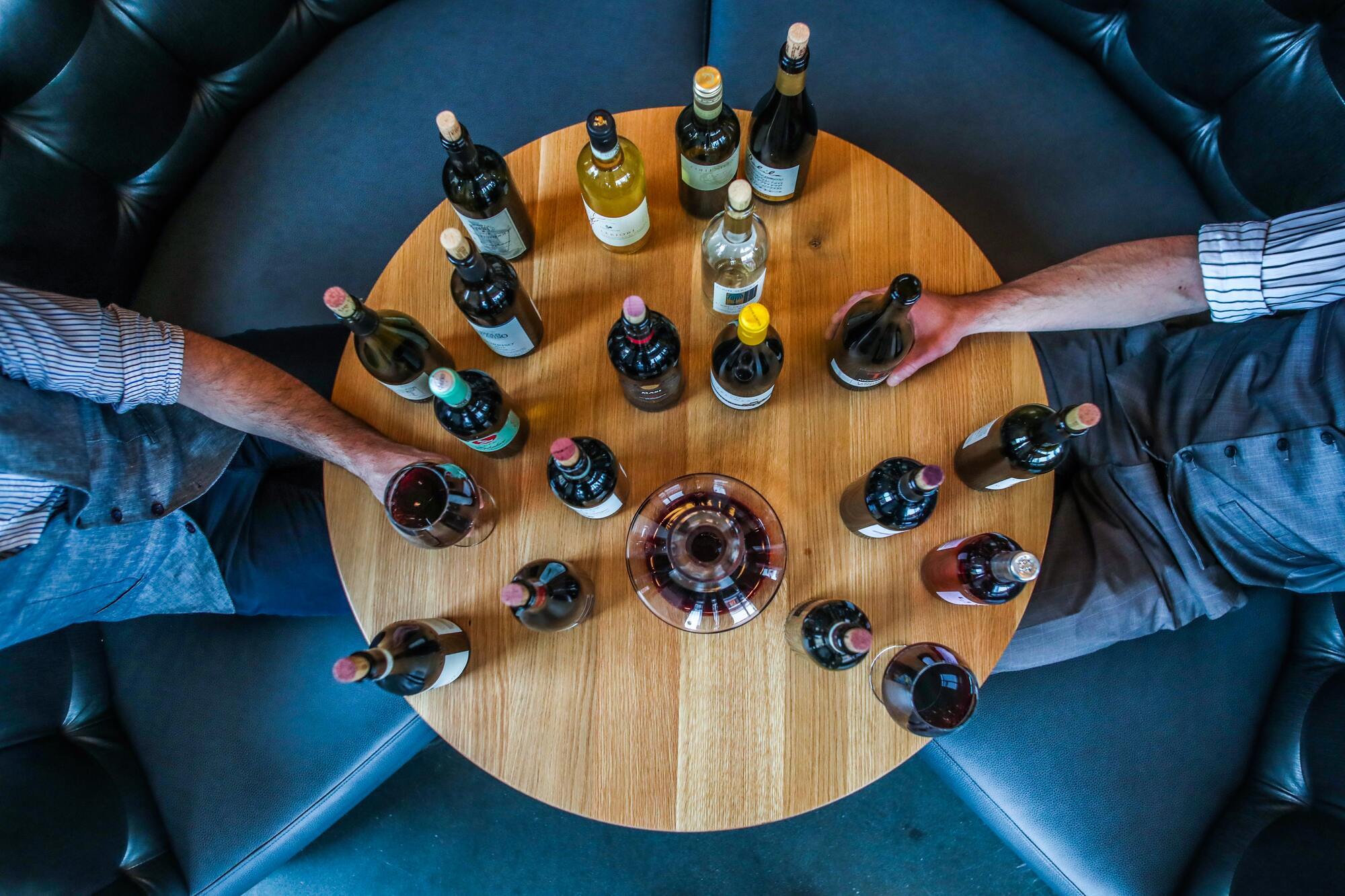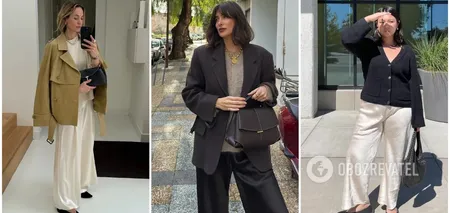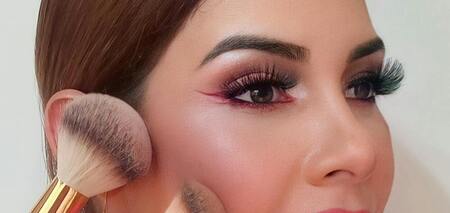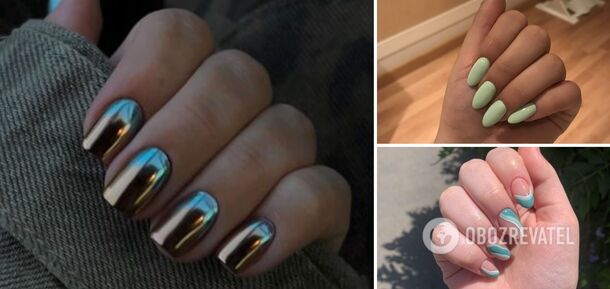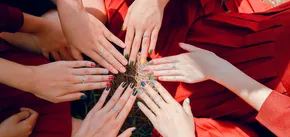LS Food
How to choose wine if you don't know what it is
A screwcap is no worse than a regular cork, and a beautiful, colorful label does not mean that the wine in this bottle will be of high quality and delicious.
The FoodOboz editorial team tells you what to look for when choosing wine in a store. And in which case it is better to put the bottle back on the shelf.
The bottle
More precisely, the thickness of the bottle glass. There are light and heavy bottles. Lightweight bottles have thin walls: these are bottles for wine that should be drunk within 1-2 years. Heavy bottles made of thick glass (usually brown or dark green) are used for long-aged wine.
The cork
There is a myth that good wine can only be corked with natural cork. This is not true. A classic cork is suitable for long-aged wines, as the natural material of the cork allows oxygen to enter the bottle, thus helping the wine to develop and age. However, for light wines with a short aging period, a screw cap is perfect: it's more convenient (no need to look for a corkscrew, right) and protects the wine from cork disease, which gives the drink an unpleasant moldy odor.
Color
Remember that red wines lighten with age, while white wines darken with age. Therefore, if you are holding a two-year old red wine that is terracotta or even brown, put the bottle back on the shelf. Rosé wines also change color over time: they can be completely different shades of pink, but they should not be orange or brick-colored. In addition, the wine should not be cloudy. If you see that the wine is not crystal clear, but with some kind of sediment or veil, we advise you to pass by such a bottle.
The label
Yes, we know how much attention is drawn to the bright labels on wine bottles, but this is nothing more than a marketing ploy. A cool label design does not mean that you will like the contents of the bottle.
You need to find three important points on the wine label, read them (if they are there), and then go to the checkout with a calm mind.
- The strength of the wine. This is necessary to find out how sweet the wine is. Dry wines tend to have lower strength.
- Wine variety and country of origin. The label should indicate the grape variety from which the wine is made and the region in which the grapes were actually grown. And yes, do not refuse a bottle if the label says "wine material". Wine material is a technical term that actually means the same wine made from natural grapes before it is bottled.
- Recommendations for wine and food pairings. If the label says that the wine goes well with pasta or some other universal dishes, it means that its taste is neutral, without a pronounced note. If you want a special wine, look for specific types of foods on the wine label that it goes well with.







